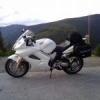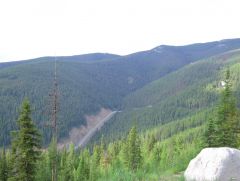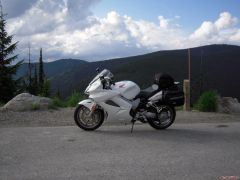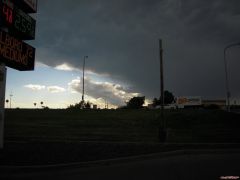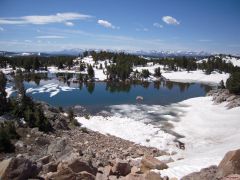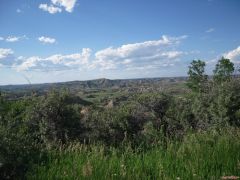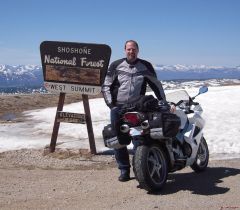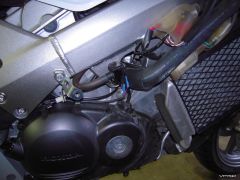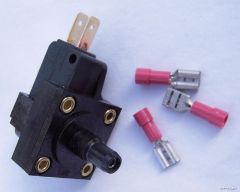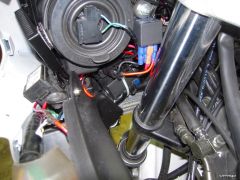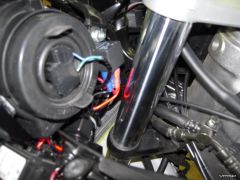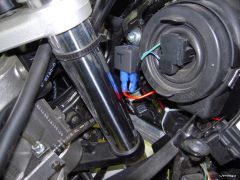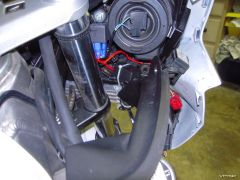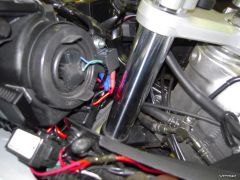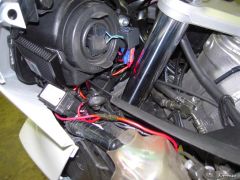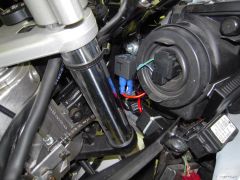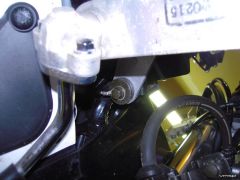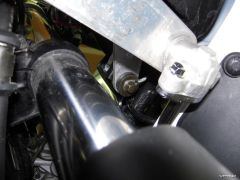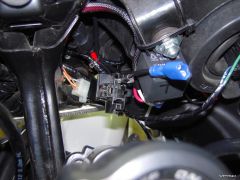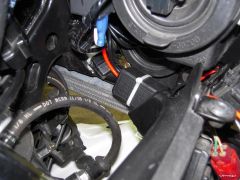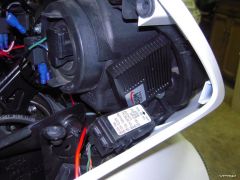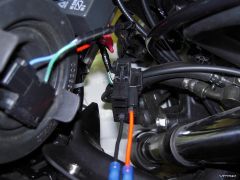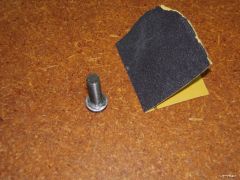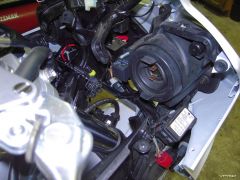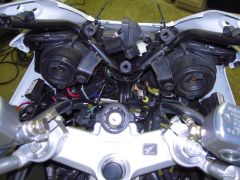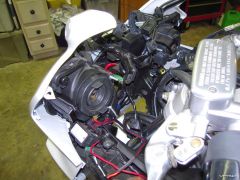-
Posts
543 -
Joined
-
Last visited
-
Days Won
2
Content Type
Forums
Profiles
Gallery
Blogs
Downloads
Events
Everything posted by coderighter
-
From the album: Trip
© ©vfdiscussion.com
-
From the album: Trip
© ©vfdiscussion.com
-
I can understand the reasoning behind this but it seems that if you don't have any problem as designed, there should be no need for it. If you do have trouble, there's likely something wrong and then wouldn't this essentially be a band aid? If I understand correctly, there is only a fan on one rad so the other would allow unimpeded airflow at any speed above minimal and with the way the regulator works, it seems it would keep the heat level down on the R/R simply by wasting some of the excess electricity that otherwise must get expelled as heat in the R/R. I agree, it would be a band aid for a design problem. Not everyone has this problem, but some do. It seems people in hot climates, that commute in traffic get stuck in a 'fan loop'. You sit at a light, the bike get hot, the fan turns on. The light turns green you get up to speed, in traffic and because you're 'blocking' airflow with left fan trying to push wind in the wrong direction. Now it's 100 degrees, and you're in traffic with 1 radiator. If the fan wasn't fighting progress, you'd have 2 raditors and the temp might actually come down. If you're 'blocking' the left raditor, makes the air running down the right frame, hotter. The right frame is where the R/R is located. It's my understanding that bike is setup to be 'electrically power neutral' running at 5k rpm with the high beams on. If more power is needed for the fan, brake light and turn signal, it considered temporary, and taken from the battery to be put back later. This is not usually a problem because the fan is normally not on while the high beams are. If your your idling at a light (with no high beams), because of the reduced RPM, you're pretty much 'power neutral'. The R/R is not expelling much, if any, extra heat because the fan is not running. When the fan runs at idle, you're actually borrowing power from the battery. The fan draws about 9 amps or 115 watts which is about the same as having the high beams on. Also consider, if your sitting at a stop light with the brakes on, that's another 42 watts. There was a post recently from a member that killed the battery in heavy traffic, this is how it could happen, especially if your battery is not tip top. Consider the battery as 'reserve power' on most bikes. Full disclosure- I don't use (or have) mine anymore. Once I got the tuning right with my PCV, it's pretty rare that my fan even comes on anymore. I live in the Seattle area where there's normally only a couple days a year in the 90's, pretty mild compared to say, Texas. I don't compute with the VFR. I ride for pleasure only, so I avoid lights and traffic. I figured I didn't really need it anymore and needed the parts for another project (it was Sunday my electronic parts store was closed and my OCD was going full bore).
-
I must have missed the previous post on this. So what does it do? Does it assume you have the stock fan blade? Thanks About a year ago I made a module that killed the power to the fan circuit when the bike speed was over 30 mph. Actually, I made the fan motor reverse rotation but that proved unnecessary overkill. The thought being that when the bike get over a certain speed, the fan becomes not only ineffective, but actually hurts cooling, working against the natural flow of air caused by the bike movement. Also, when the wind blows against the fan, it loads the fan causing the fan motor to draw more current. You're also causing unnecessary wear and tear on the fan motor.
-
From the album: coderighter
© ©vfdiscussion.com
-
From the album: coderighter
© ©vfdiscussion.com
-
Not sure if I agree with that. Popping from the exhaust on deceleration while the engine is hot was a common occurrence for me. Disabling the PAIR valves stopped that completely. I had the light(LED) connected for about for about 500 miles and I can tell you that the LED never lite above 160-ish. It's possible that pre-'06 or euro VFR's might be different. I've never had a reason to check the VFR, but most modern fuel injection systems actually cut off fuel when the throttle is closed for emissions reasons. That would make the operation of the PAIR on deceleration a useless venture. Kind of hard to have unburned hydrocabons without fuel(unless you have really bad rings and/or valve guides)


